-
Bus, Airlines
Overview
Masai Mara National Reserve is one of Africa’s most famous parks. The wildlife viewing is superb throughout the year. If the big cats are what you’re looking for on your Kenyan safari, you are guaranteed to spot them at the Mara. All the big 5 can be seen easily. World famous for hosting the epic Great Migration, the Masai Mara welcomes 1,5 million wildebeests onto its sprawling savannahs each July through October. The Masai Mara National Reserve and conservancies are brimming with life and offer safari travelers a wide variety of activities to choose from. Whether you take to the skies for a high-flying hot-air balloon adventure at sunrise or hit the road for a 4×4 safari, you’re sure to leave the Masai Mara with unforgettable experiences and lifelong memories.”
Itinerary
An early morning drive to Masai Mara National Reserve, it holds on as one of the few places left on earth where wildlife still lives comparatively undisturbed, in the numbers that once roamed the plains and forests of Africa. As the northern tip of the vast Serengeti ecosystem, the Mara hosts the spectacular seasonal migration of many thousands of Wildebeest, Zebras, and attendant predators. Arrive in time for lunch then have an afternoon game drive. Dinner & overnight at the camp/lodge
After breakfast, we have a full-day game drive, with packed lunch provided. The reserve is well known for its black-manned lion, and its abundant resident wildlife, and it is one of the few places where it’s possible to see the big five during a morning’s game drive. Many of the cheetahs are so tame they seek shelter from the hot sun under one’s vehicle and several even climb onto the roof to get a better view of prospective prey.
The Mara hosts the spectacular seasonal migration of many thousands of Wildebeest, Zebras, and attendant predators.
For the bird enthusiast, almost 500 species have been recorded: among these 16 species of eagle, plus many hawks and falcons, 6 species of vultures, 8 species of storks, 4 of bustard (including the Kori bustard, the world’s heaviest flying bird), and 9 species of sunbirds.
Adding more richness to your Masai Mara experience, you can enjoy an optional visit to one of the local villages. There, you’ll meet the Maasai and see their lifestyle up close.
Another optional event is an early morning hot air balloon ride over the reserve. Take in the park below coming to life as the fields light up and the wildlife begin a new day on the savannah. A magnificent experience – ask your driver/guide to set up either or both activities. Dinner & overnight at the camp/lodge
You will have your breakfast early today. Check out as you go for your last drive, You’re sure to have seen zebra and gazelle but keep an eye out for cheetahs moving through the bush, plus jackals and hyenas.
Later in the day, you will depart to Nairobi, arriving at about 5 p.m. Lunch en route.
Cost
The Cost Includes
- Pick-up or Drop-off service from and to Airport(in our own vehicle)
- Transportation to and from!!
- Food all along the trip(Breakfast, Lunch, Dinner and a cup of coffee or tea) and accommodations during the trip in hotels with family environment
- Transportation, food, accommodation and insurance of Guide during the trip
- Down jacket, all-season sleeping bag, duffel bag and trekking map(in case if you don’t have your own. Down jacket, sleeping bag and duffel bag must be returned after completion of the trip)
- First Aid Medical Kit(Your guide will carry the Medical Kit but we also advise to bring yourself for your own use, as far as possible)
- All the required permits and paperwork
The Cost Excludes
- International Airfare
- Visa Charges
- Hotel Expenses(In Kathmandu, some packages do include hotel expenses)
- Your travel and medical insurance
- Personal Expenses such as shopping, bar bills, hot shower, telephone, laundry, titbits etc
- Food and accommodations in Kathmandu
- Services not mentioned or not promised by the agent/agency
- Emergency expenses such as expenses on chartered helicopter.
Frequently Asked Questions (FAQs)
Annapurna Base Camp is a Grade B or a moderately difficult trekking route. So any fit person can do this trek, even if you do not have any previous experience. You should be aware of what to expect and mentally prepare for it. Then, as long as you will too, you can.
On average, you walk about 4 to 6 hours per day. One or two days can be as less as 3hrs and one or two days can be as long as 7hrs.
The highest altitude reached is 4190m. This is the elevation of Annapurna Base Camp. ABC is the highest we will climb in this trek.
Yes, you can charge batteries en route. Charger should be brought. There are hot shower facilities as well. You may have to pay a certain amount for both ($1-$2). Negotiate. Also, a hot water facility could be free at a lower elevation.
No. There are no ATMs on this trek route. You will have to draw enough cash in Pokhara or Kathmandu. There are a number of ATMs in these cities. Everything is paid in Nepali rupees. So money should be exchanged before the start of the trek.
Yes. The Internet can be accessed in most places. Sometimes, there might be some technical problems. The Internet in Nepal is not as fast as you are used to and at times you can just lose connection.
Not really. It depends on you. If you want, ABC trekking can be done independently. You could hire a guide and a porter by yourself instead of going through an agency or not hire a guide at all. Although, not having a guide can be a little problematic during the offseason.
It really depends on you. Is it your first time in Nepal? How confident are you of being able to find your way around? How pressed on time are you? If you go through an agency, it will be costlier but everything will be planned. You will only have to come, trek and return.
For the Annapurna region, pay for guides range from $20 to $30 per day and porters take $15 to $25 per day.
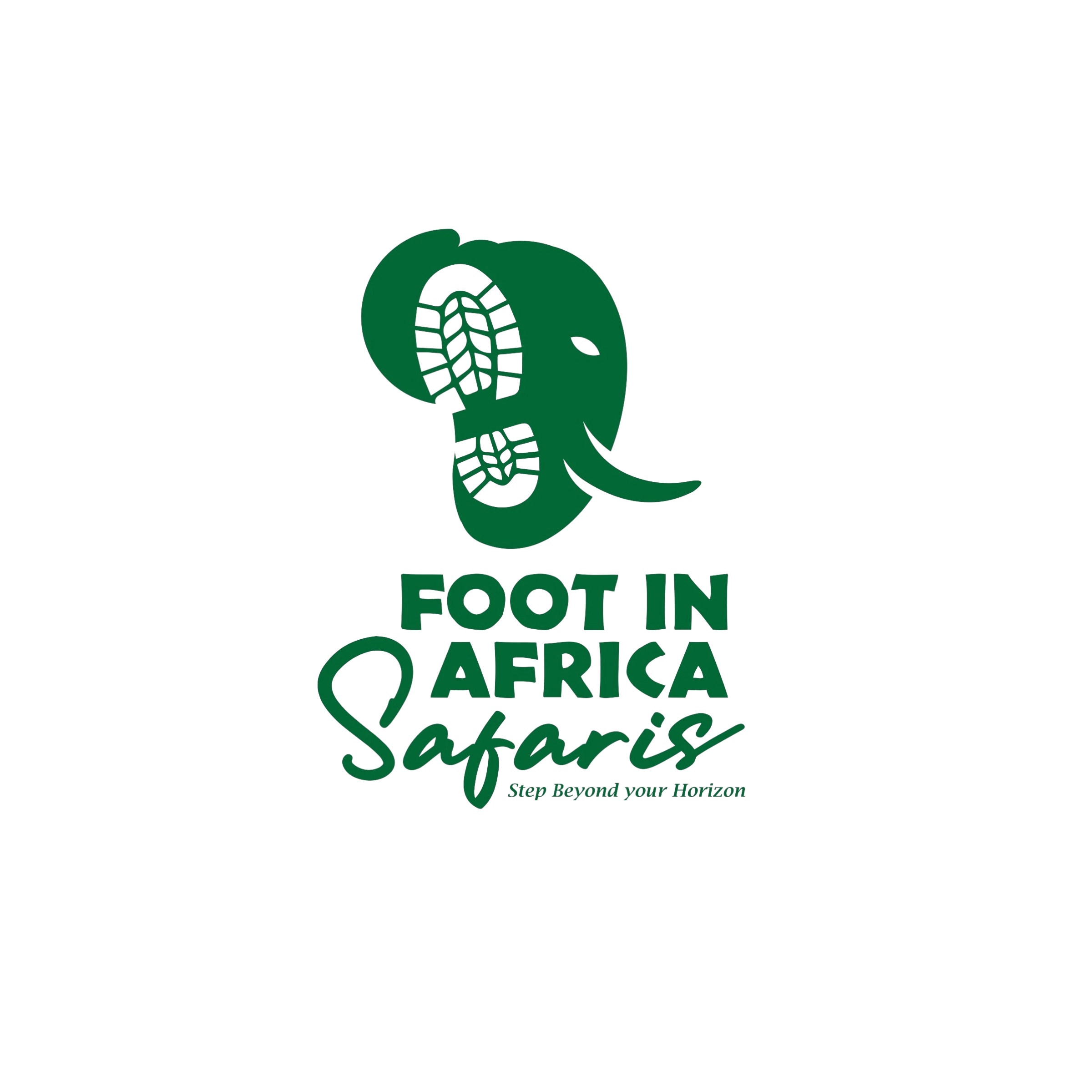
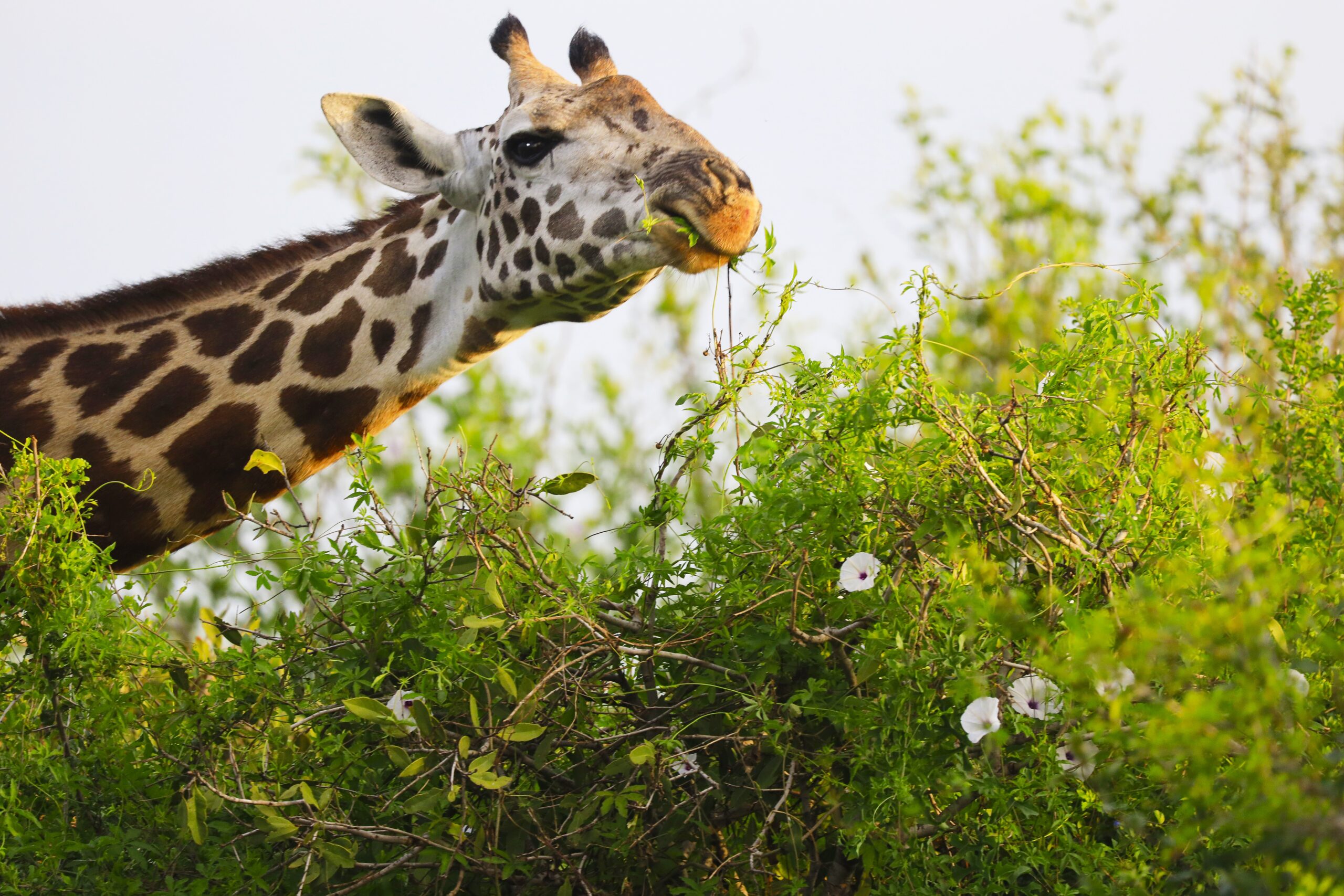
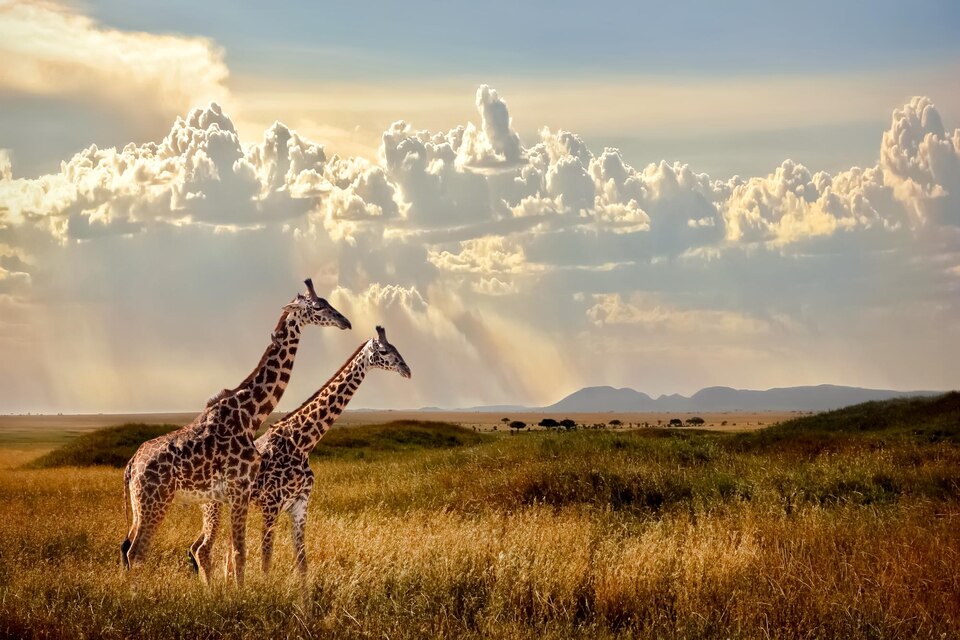

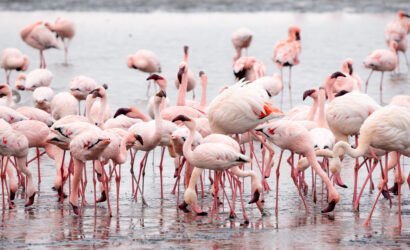
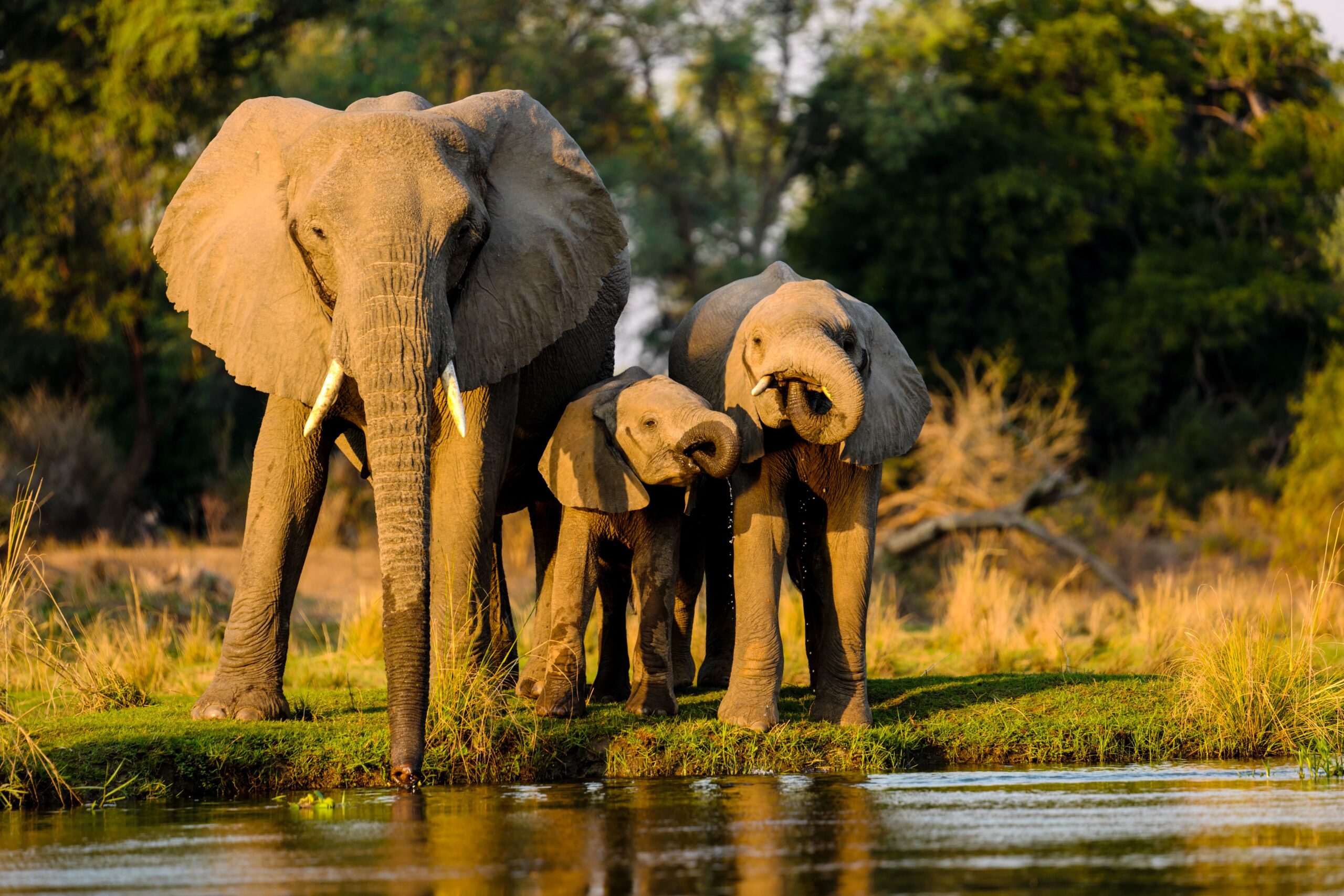
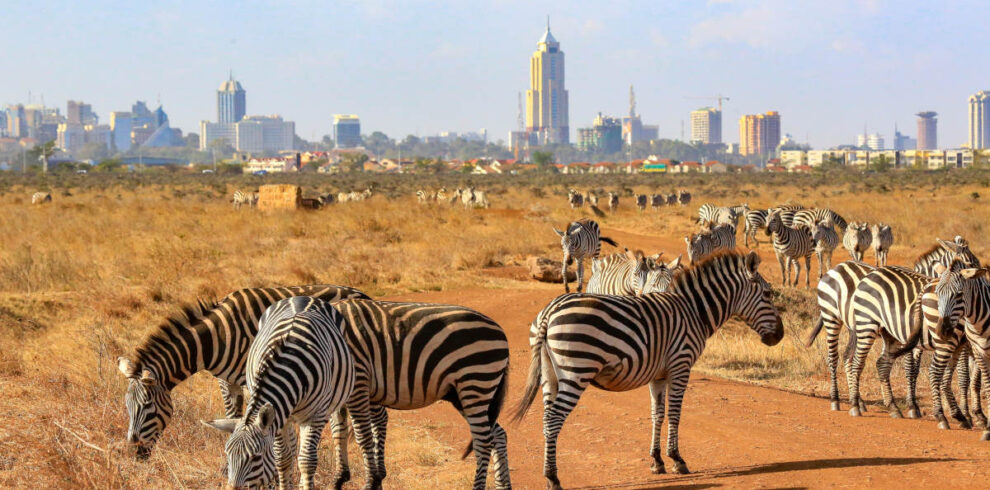
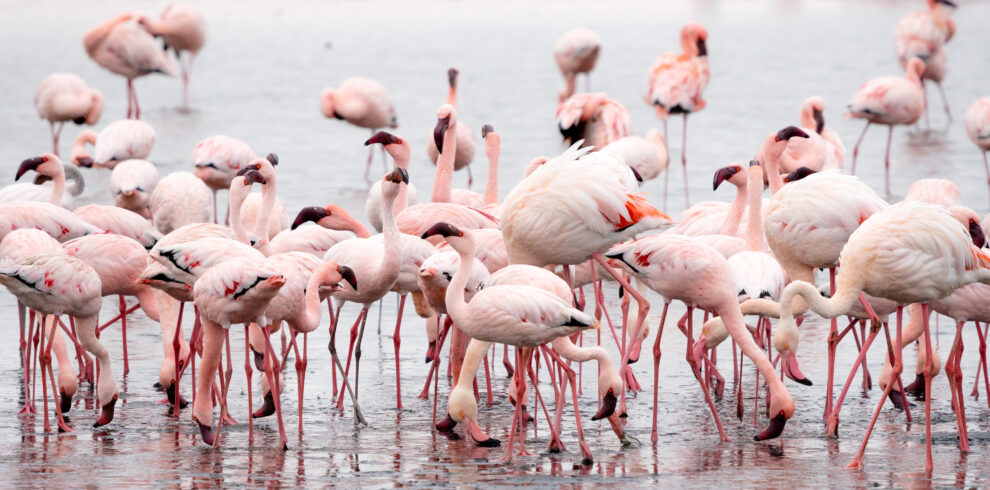
Recent Comments